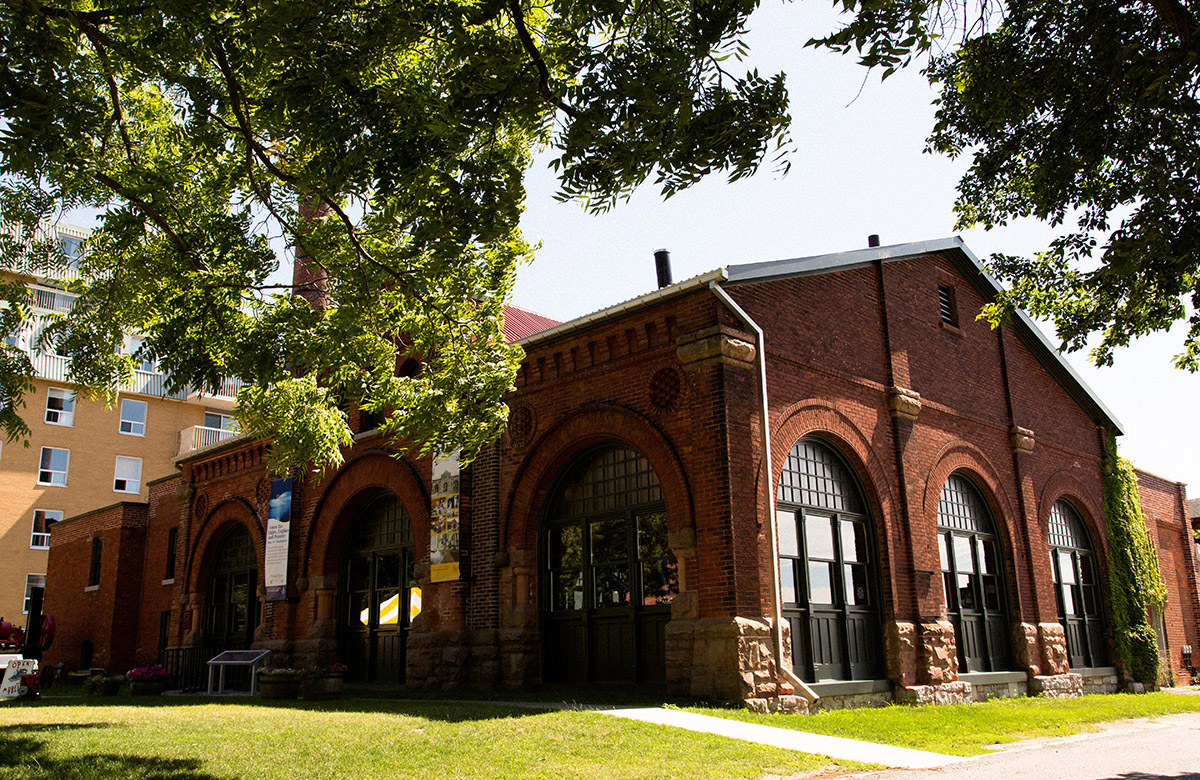
Our Story
Within the historic grounds of one of Canada's earliest waterworks, the PumpHouse Museum is a testament to Kingston's rich heritage. Dating back to 1851, this remarkable site once powered steam-driven pumps that brought the marvel of running water to Kingston's residents. Today, it is one of only six preserved water pumping stations in North America.




